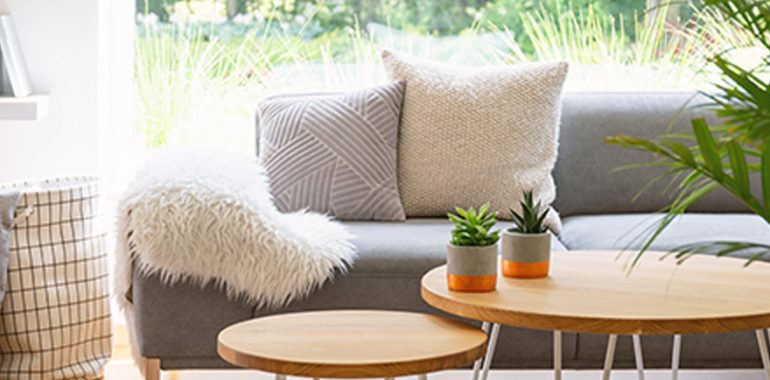Colorful Homes: Exploring the Art Deco Style

Colorful Homes: Exploring the Art Deco Style
Art Deco is a design movement that emerged in the early 20th century and became popular during the 1920s and 1930s. It is characterized by its bold geometric shapes, shiny materials, and bright colors. Art Deco influenced many aspects of design, from architecture to fashion to furniture, and it is still cherished by many today. One of the most prominent examples of the Art Deco style can be found in colorful homes.
History of Art Deco Homes
Art Deco homes were built during a time when people were looking to move away from the ornate and heavily embellished styles of the past. They wanted homes that were sleek, modern, and reflected the optimism of the time. These homes often featured flat roofs, clean lines, and a focus on symmetry.
The use of bright colors was also an integral part of Art Deco style homes. In many cases, a home would be painted in two or three bold colors, such as teal, orange, and cream, which emphasized the geometric shapes of the architecture. This use of color was a departure from the traditional earthy tones that had been popular during the Arts and Crafts movement.
The Rise of Art Deco Homes
Art Deco homes were not just about the architecture itself, but also about the lifestyle that they represented. They were built during a time when the modern world was coming into being, with technology and industry advancing rapidly. For many people, Art Deco homes represented a rebellion against the old ways of living and thinking.
Moreover, following the end of World War I, many people were looking to the future with a sense of optimism. The Art Deco movement reflected this spirit of hope and progress. The style was embraced by many architects and designers, and it quickly spread around the world.
Design Elements of Art Deco Homes
Art Deco homes were known for their use of bold geometric shapes, which were often inspired by the Cubist art movement. Many homes feature streamlined curves, zigzag patterns, and angular edges that give them a futuristic and sleek appearance.
In addition to the use of geometry, Art Deco homes were also defined by their use of shiny, reflective surfaces. Chrome, stainless steel, and glass were all popular materials for the time period, and were often used to create furniture, fixtures, and decorative accents.
Finally, Art Deco homes were known for their playful use of color. While some homes might feature a monochrome color scheme, most homes were painted in two or three bold colors. These colors were usually applied in a way that emphasized the geometry of the architecture, such as painting each side of a zigzag pattern a different color.
Examples of Art Deco Homes
One famous example of an Art Deco home is the former home of Elvis Presley, known as Graceland. The house features many Art Deco design elements, including curved walls, angular accents, and vibrant colors.
Another example of an Art Deco home can be found in Miami, Florida. The Delano Hotel, built in 1947, is a prime example of the Art Deco style. The hotel features a beautifully curved façade, pastel colors, and plenty of reflective surfaces.
The Legacy of Art Deco Homes
Although the Art Deco movement came to an end in the 1940s, its influence can still be seen today. Many modern homes incorporate elements of Art Deco design, such as the use of geometric shapes, bold colors, and shiny materials.
Furthermore, the Art Deco movement has left a lasting legacy in popular culture. The sleek and glamorous style can be seen in many movies, advertisements, and fashion designs. The popularity of Art Deco design has also led to a renewed interest in preserving historic Art Deco buildings and homes.
Art Deco homes are a testament to the optimism and progress of the early 20th century. The use of bold geometric shapes, bright colors, and shiny materials created homes that were sleek, modern, and an emblem of the future. Although the Art Deco movement has ended, its influence can still be seen in modern design and popular culture, and it continues to capture the imagination of many today.
As we look back at these Colorful Homes: Exploring the Art Deco Style, it’s clear that the movement represents an important era in design history, and its impact is still felt nearly a century later.

